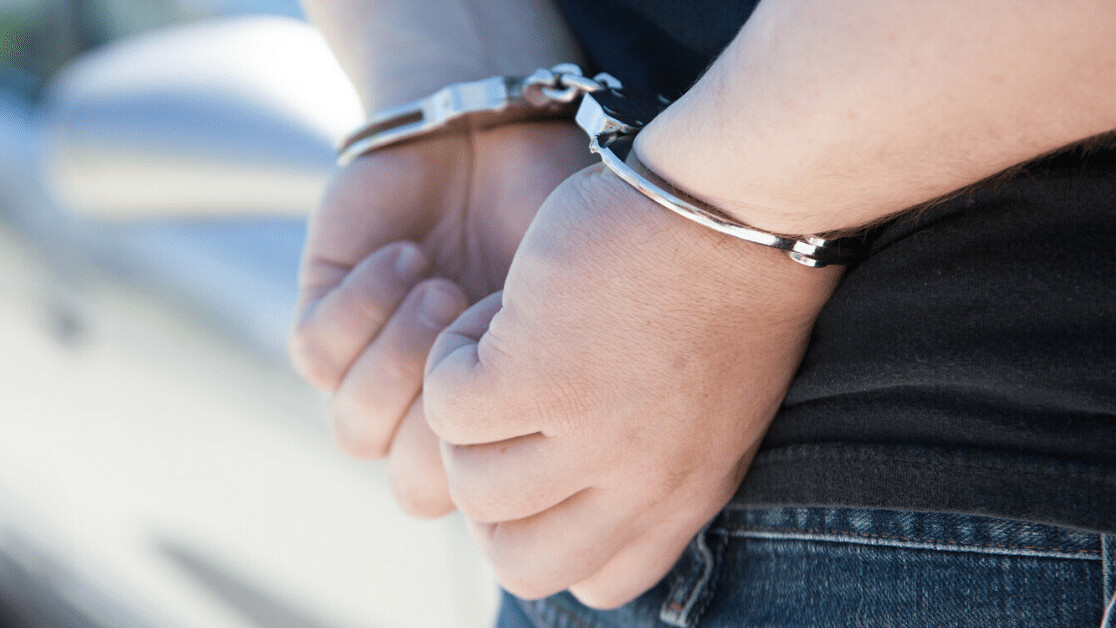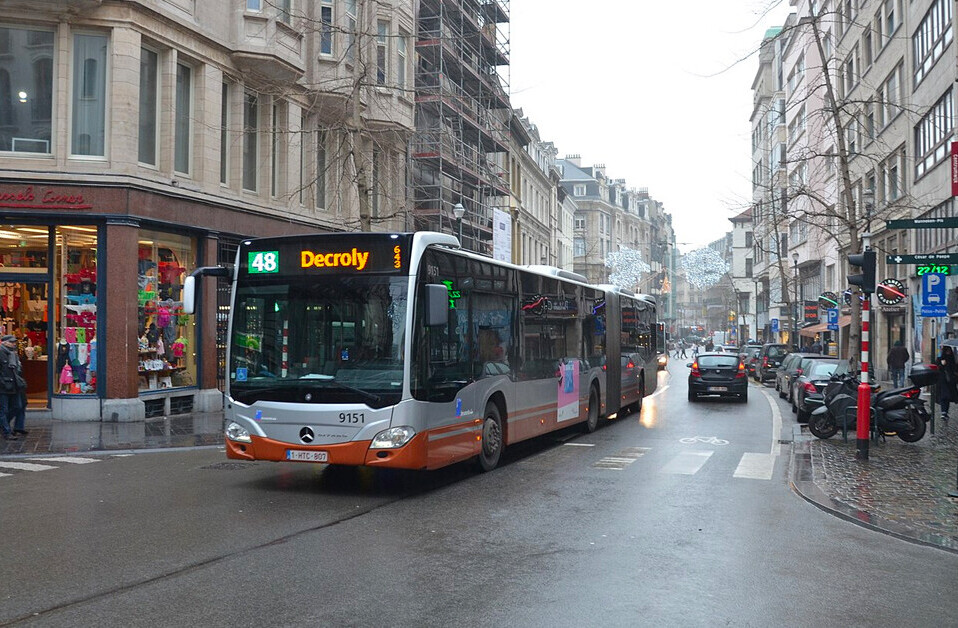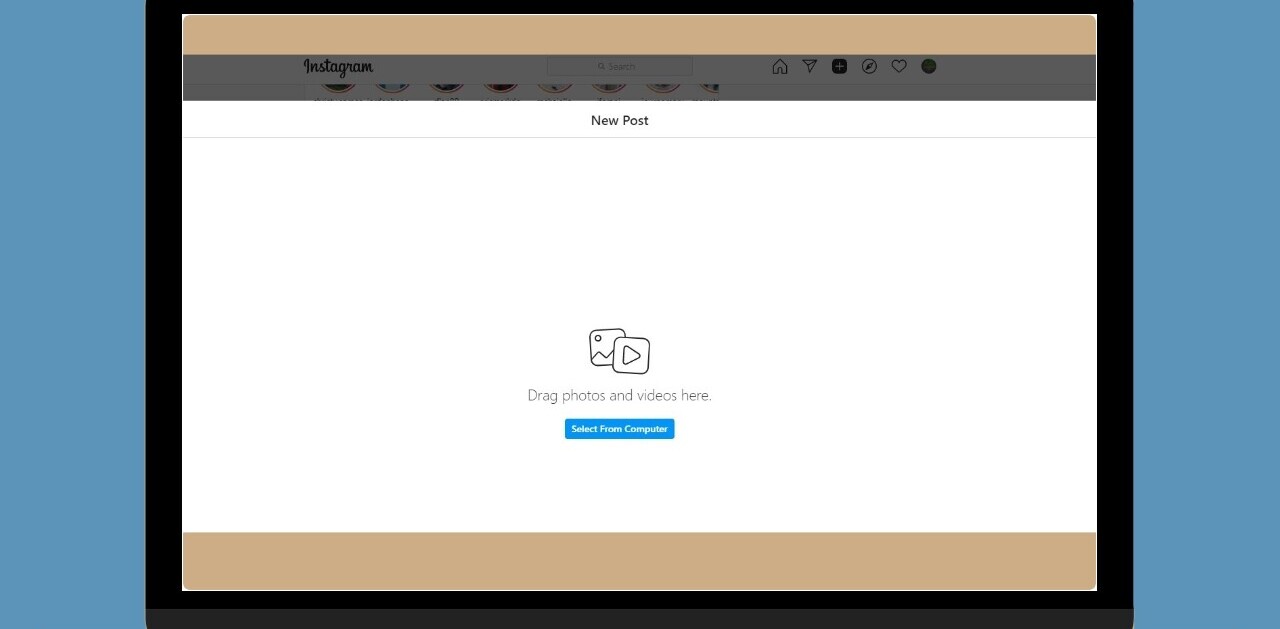
Scientists are developing a system that can identify suspected pedophiles just by analyzing their hands.
Researchers from Lancaster University and the University of Dundee plan to train computers to extract anatomical features from photographs and hands. Algorithms will then scan the database of images to find the details that match a pair of hands to those of a suspected criminal.
The project has been named H-Unique, as it’s based on the premise that if human hands are all unique, they can be used to identify any individual. This could be particularly powerful to help identify child abusers, as in videos and images of sexual abuse the backs of hands are often the only visible feature of the perpetrator.
This verification could be used to investigate suspects and help juries make their decisions. But first, the researchers need to build up a huge database of photographs that will be used to train the computers.
Appeal for public help
The research team has appealed to the public for help with the project. They want anyone over the age of 18 to upload photos of their hands through a new smartphone app. The images will then be added to a database that’s used to develop the hand comparison algorithms.
The researchers say they need more than 5,000 images to prove beyond a reasonable doubt whether our hands are truly unique. They promise that everyone who participates will remain anonymous. The images will never shared with external agencies, and will be destroyed at the end of the project.
[Read: UK police are using AI to predict who could become violent criminals]
The project is being led by forensic anthropologist Professor Dame Sue Black, whose techniques have already led many people accused of child sexual abuse to change their plea to guilty after being presented with hand identification evidence.
“When you have individuals who are identical twins, we believe we can tell them apart,” Professor Black said in a YouTube video. “So are we involved in a research project that is almost, perhaps, excitingly, more unique in terms of identifying than DNA.”
Taking that uniqueness into the courtroom would make juries more certain about whether to convict someone of a crime or exonerate someone who is innocent.
You’re here because you want to learn more about artificial intelligence. So do we. So this summer, we’re bringing Neural to TNW Conference 2020, where we will host a vibrant program dedicated exclusively to AI. With keynotes by experts from companies like Spotify and RSA, our Neural track will take a deep dive into new innovations, ethical problems, and how AI can transform businesses. Get your early bird ticket and check out the full Neural track.
Get the TNW newsletter
Get the most important tech news in your inbox each week.





